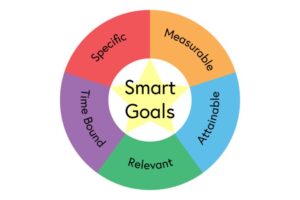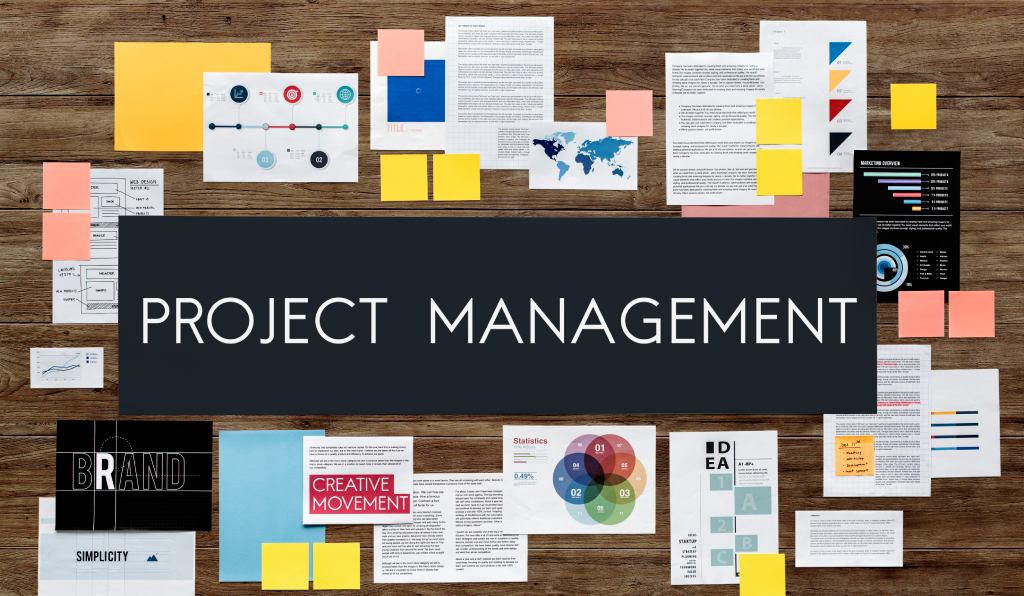Stages of Project Management by Architectural And Engineering Consultant Dubai
At AAA, we pride ourselves in being lauded as one of the best architectural and engineering consultants Dubai. Out of all the things that can be attributed to our success, the project management services we offer are definitely at the very tops of that list. For over 4 decades, our team of architects and engineers has spearheaded the construction of numerous high-profile projects across the illustrious city of Dubai.
None of this would’ve been possible without a proper plan. All successful construction projects are ultimately the result of a competently executed project management process. In this article, we would like to shed light on what project management actually is and the 5 crucial stages it entails.
Project Management and its phases
Managing a project is no easy feat, no matter what the scale and scope are. From planning the minutia to handling the ever-changing demands of clients to executing the deliverables on time, there’s a lot that can go wrong. When you divide the project into manageable stages, each with its own goals and deliverables, it’s easier to control the project and the quality of the output.
If you are somehow in a position where you are expected to manage projects for your organization and are feeling overwhelmed, it’s better to understand the basic stages of the project management cycle phases.
An architectural project manager ensures projects are designed and built on time and to budget while protecting the integrity of the design and ensuring full compliance with regulations and sustainability standards and benchmarks. Usually, the project manager is most concerned with supportive actions which bring resources to the point of effective use.
What is Project Management?
In general, project management can be defined as the act of deploying certain processes and applying certain principles to initiate, plan, manage, and ultimately execute a project. In construction, project management typically involves managing several crucial aspects of a project’s life cycle with the ultimate aim of delivering it in a cost-effective and time-efficient manner. A typical project management plan’s scope will involve handling concerns like cost control, design development, procurement, scheduling, and risk assessment.

The 5 basic phases in the project management process that combine to turn a project idea into a working product are as follows
- Project Initiation
- Project Planning
- Project Execution
- Project Monitoring and Controlling
- Project Closing

Phase 1: Project Initiation

The project initiation phase is the first stage of turning an abstract idea into a meaningful goal. In this stage, you need to develop a business case and define the project on a broad level. In order to do that, you have to determine the need for the project and create a project charter.
The project charter is an important document consisting of details like the project constraints, goals, appointment of the project manager, budget, expected timeline, etc.
Once you have the project goals and project scope, identify key project stakeholders, the people who are to be involved in the project. Create a stakeholder register with the roles, designation, communication requirements and influence.
While a clear goal of the project is established in this phase, a project charter does not contain any technical details that happen in the planning stage.
Phase 2: Project Planning

The project planning stage requires complete diligence as it lays out the project’s roadmap.
In this phase, the primary tasks are identifying technical requirements, developing a detailed project schedule, creating a communication plan, and setting up goals/deliverables.
There are several methods of setting up the project’s goals but S.M.A.R.T. and C.L.E.A.R. are the most popular.
- The ‘SMART’ criteria ensure that the goals you set for your project are critically analyzed. The acronym SMART stands for Specific, Measureable, Attainable, Realistic, Timely.

- The ‘CLEAR’ method of setting up goals is designed to cater to the dynamic nature of a modern workplace. Today’s fast-paced businesses require flexibility and immediate results and CLEAR can help developers with that. The acronym for CLEAR stands for Collaborative, Limited, Emotional, Appreciable, Refinable.

During the planning stage, the scope of the project is defined. Project managers also develop a work breakdown structure (WBS), which clearly visualizes the entire project in different sections for the team management.
A detailed project timeline with each deliverable is another important element of the planning stage. Using that timeline, project managers can develop a project communication plan and a schedule of communication with the relevant stakeholders.
Risk mitigation is another important aspect of project management that is a part of the planning stage.
An important element is an effective change management plan. A project manager must be日本藤素
ready to incorporate a few changes in the project to avoid bottlenecks and project delays.
Phase 3: Project Execution

The project execution stage is where the team does the lot of actual work. At this stage the design development of the project, approvals from all the stakeholders & the local authorities, contract document preparation, tendering process, finalization of the contractors and other similar sequential operations take place. A project manager will establish efficient workflows and carefully monitor the progress of all the teams.
Another responsibility of the project manager during this phase is to consistently maintain effective collaboration between project stakeholders. This ensures that everyone stays on the same page and the project runs smoothly without any issues.
Phase 4: Project monitoring and controlling (Construction Phase)

In the project management process, the third and fourth phases are not sequential in nature. The project monitoring and controlling phase run simultaneously with project execution, thereby ensuring that objectives and project deliverables are met.
A project manager makes sure that no one deviates from the original plan by establishing Critical Success Factors (CSF) and Key Performance Indicators (KPI).
During the monitoring phase of project management, the project manager also quantitatively tracks the effort and cost during the process. This tracking not only ensures that the project remains within the budget but also is important for future projects.
Minimizing stressful conditions

- Systematically Plan Activities
- Develop Comprehensive Overview of Project
- Know What is Going on at All Times
- Design a Program that is Achievable
- Keep People Informed as to Where Things Stand
Phase 5: Project closing
This is the final phase of the project management process. The project closure stage indicates the end of the project after the final delivery. During construction phase when external agencies are appointed specifically for the project on contract. Terminating these contracts and completing the necessary paperwork is also the responsibility of the project manager. The final task of this phase is to review the entire project complete a detailed report that covers every aspect. All of the necessary data is stored in a secure place that can be accessed by project managers of that organization.
Most teams hold a reflection meeting after the completion of the project in order to contemplate their successes and failures during the project. This is an effective method to ensure continuous improvement within the company to enhance the overall productivity of the team in the future.
AAA – Your Trusted Project Management Consultancy in Dubai
The success of any construction project largely hinges on how firmly you adhere to the 5 stages mentioned above. Project management can be a challenge unless you have the assistance of seasoned professionals.
This is where the highly-revered engineering and project management services of AAA come into play. Here at AAA, we’ve helped populate the streets and skylines of Dubai with numerous high-profile commercial, residential, and industrial projects. Needless to say, you can trust us to serve you with the same level of vigor and commitment.
Call us now to schedule an appointment.

